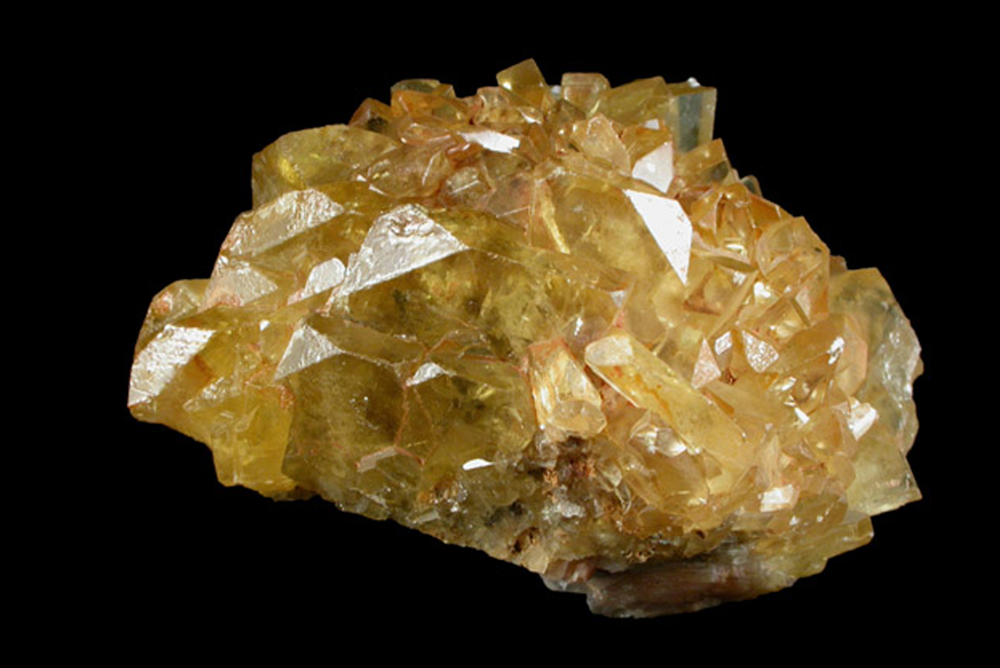<p>

The barium sulfate barite takes its name from the Greek word barys, which means “heavy” a reference to its high specific gravity. It has also been called heavy spar. Barite crystals are sometimes tinged yellow, blue, or brown. Golden barite comes from South Dakota. Crystals are well formed, usually either prismatic or tabular. Cockscomb (crested aggregates) and desert roses (rosette aggregates) of crystals are common. Transparent, blue barite crystals may resemble aquamarine but are distinguished by their softness, heaviness, and crystal shape. Barite can also be stalactitic, stalagmitic, fibrous, concretionary, or massive. Barite is a common accessory mineral in lead and zinc veins. It is also found in sedimentary rocks, clay deposits, marine deposits, and cavities in igneous rocks.